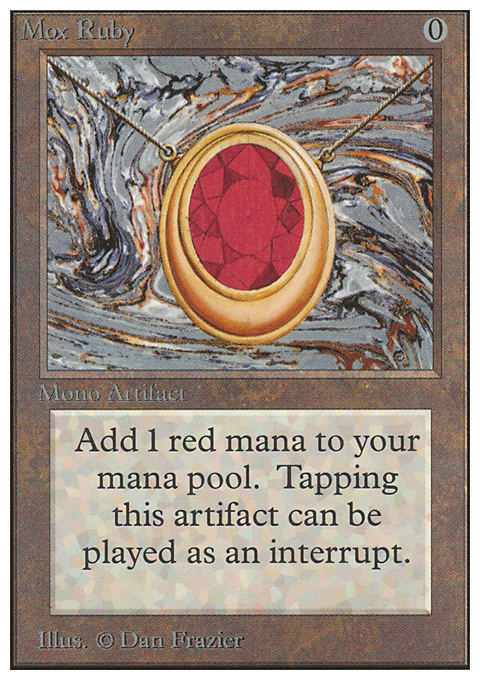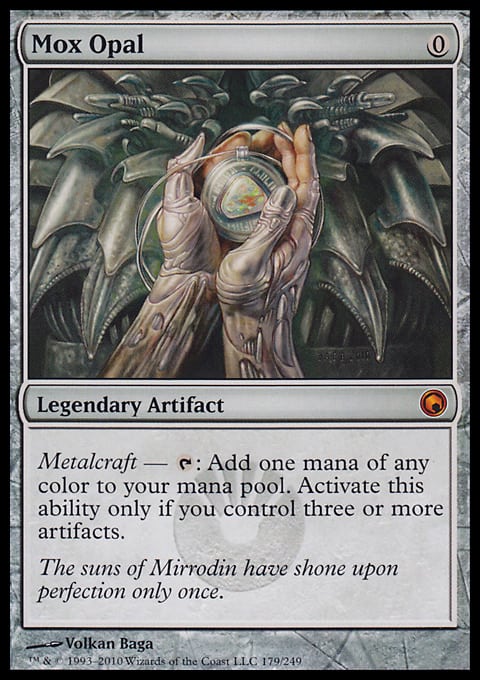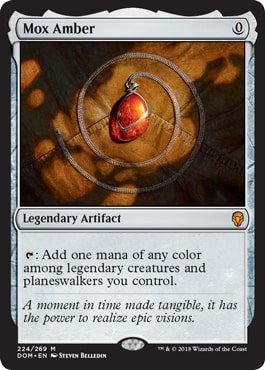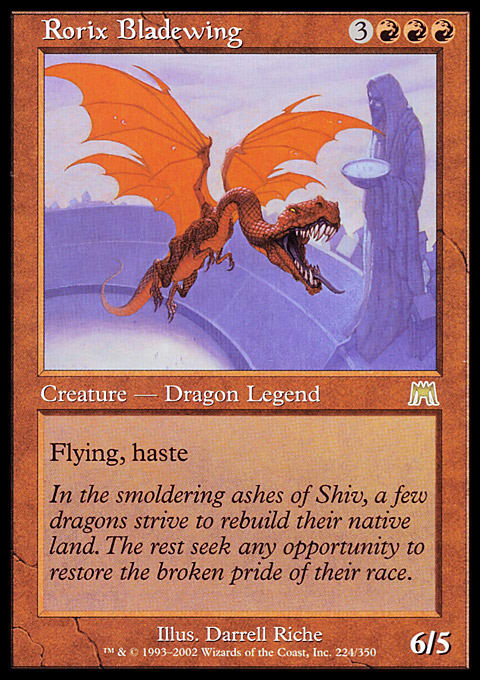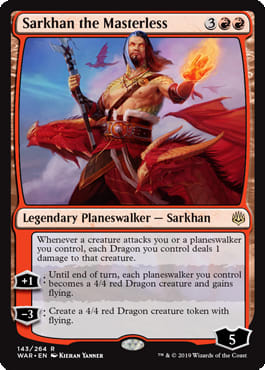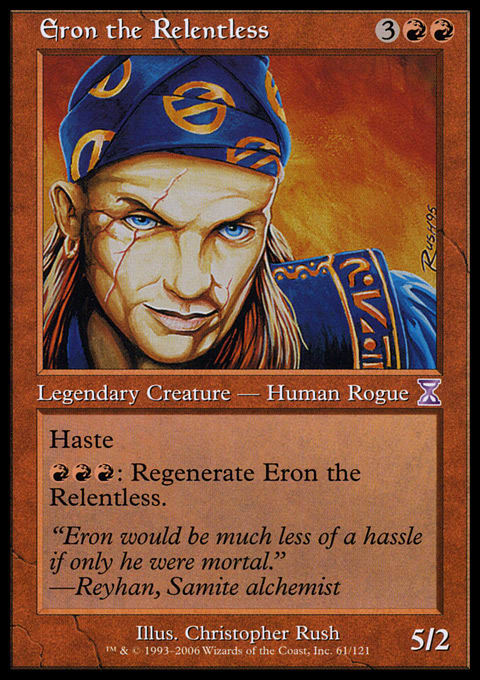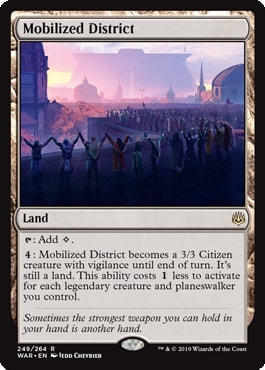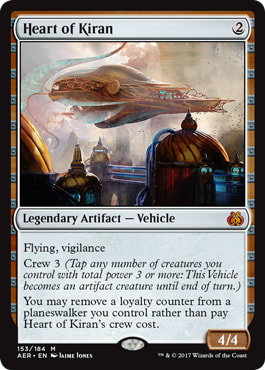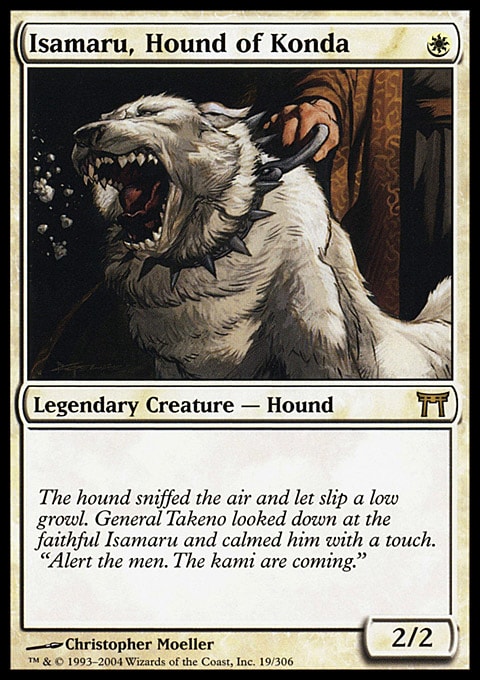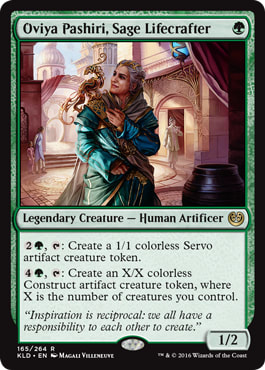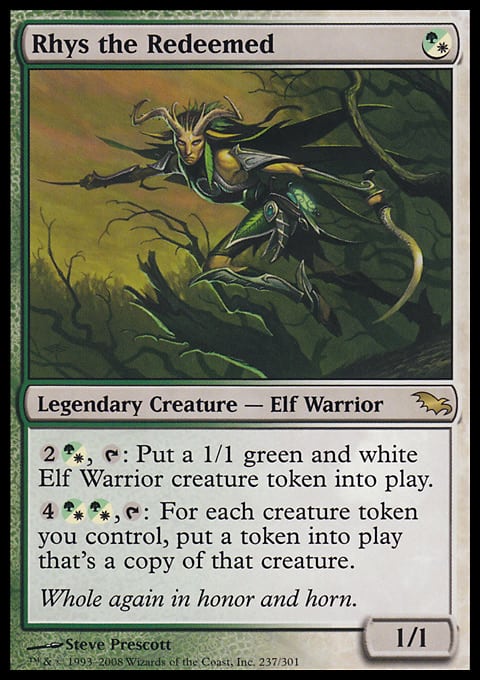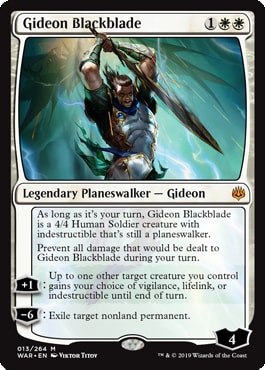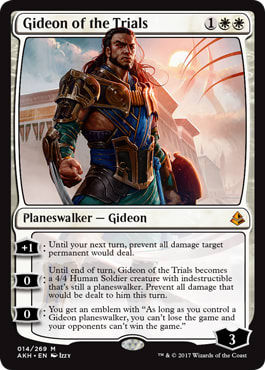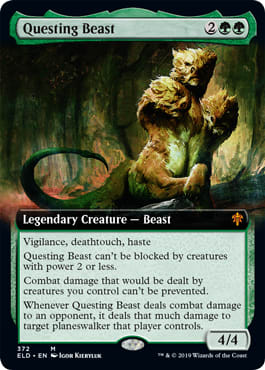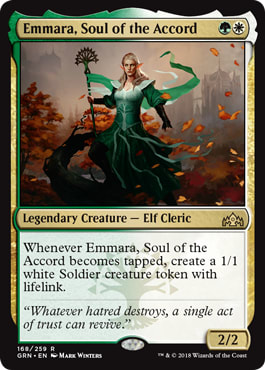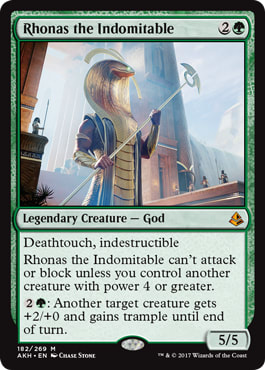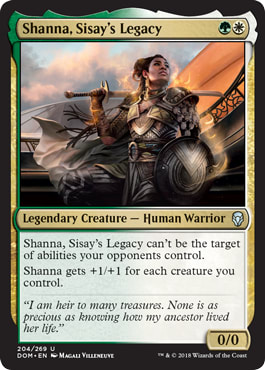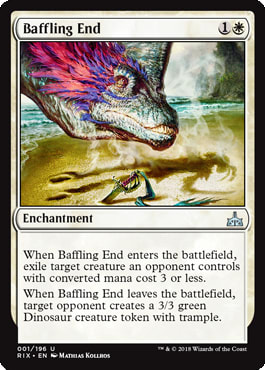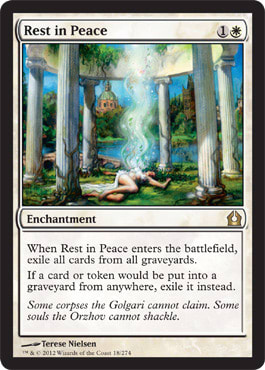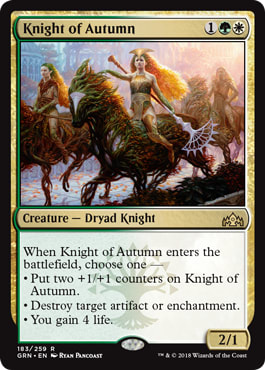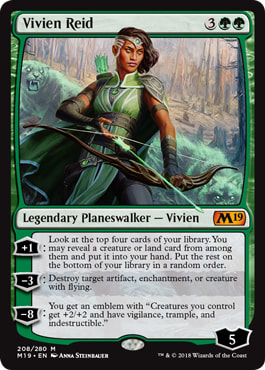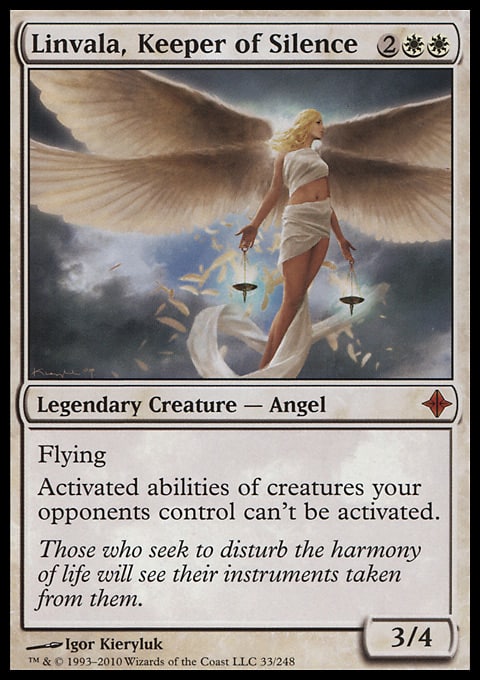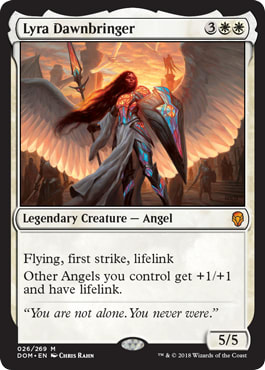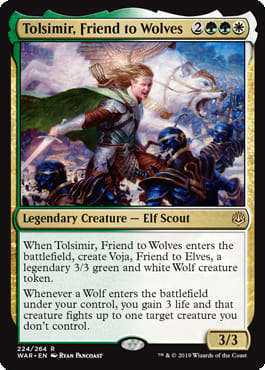Mox.
The word evokes a special response among Magic players. From the original power nine to format staples like Mox Opal and Mox Diamond, getting ahead on mana early for no mana investment is a monumentally powerful resource, even in the face of card disadvantage like Chrome Mox and Mox Diamond or deck-building restrictions like Mox Opal. As such, virtually every Mox ever printed has been a major player in Constructed formats.
However, one Mox hasn't done nearly as well.
(For the record we are going to forget that Mox Tantalite exists. I know I did!)
Mox Amber is cut from the same cloth as Mox Opal; it is a Mox that provides you free mana with no drawback, assuming you can meet its conditions. Of course, the issue is that having legendary creatures or planeswalkers in play is much more challenging than having a bunch of artifacts in play. But just because Mox Amber isn't as easy to use as a card that is currently banned in Modern doesn't mean it can't still be a powerful tool.
So Why Legends?
Mox Amber needs to be played with as many cheap legends as possible.
If the only legendary cards in your deck are Rorix Bladewing, Sarhkan the Masterless, and Eron the Relentless, then that extra mana on turn six isn't really going to be super helpful. Of course, if we are going to pack our deck with cheap legends, we want some sort of other payoff as well.
When you put a lot of artifacts in your deck to make sure Mox Opal works, it usually means you have more than one payoff for having all those artifacts. Maybe it's Cranial Plating and Arcbound Ravager, maybe it's Urza, Lord High Artificer and Emry, Lurker of the Loch, but the entire theme of the deck is based around what the Mox needs. The artifact payoffs are easy, but what payoffs exist for playing a lot of legends?
There are a few really good ones actually!
Perhaps the most exciting one is the legendary sorcery Urza's Ruinous Blast.
A five-mana Planar Cleansing would already be interesting enough to see some play, but the fact that Urza's Ruinous Blast is one-sided is astoundingly powerful. For five mana you get to wipe away most to all of your opponent's entire board in one shot, leaving yours almost completely intact. Furthermore, it exiles everything, which is a great bonus against any sort of recursive strategy.
Urza's Ruinous Blast isn't going to be great against more controlling decks, but it's essentially a five mana "win the game" against any sort of aggressive or permanent-based deck.
While Mobilized District saw a little bit of play when it was legal in Standard, it was almost always activating for three or four mana. This put it very much in "fringe playable" territory, as it was playable because creature lands serve a great purpose not because it was very good on rate.
Well when you're paying one or even zero mana to activate, Mobilized District is unbelievably good.
Almost every card in this deck is already a legend, meaning that shouldn't be hard to do, and the great news is that if you're playing a longer game against a deck looking to Wrath of God all of your creatures then you'll have plenty of time to just pay more if you have to. As a colorless source Mobilized District is about half a land in this deck, meaning we are playing one or two of them in what would be a spell slot, but it is still very good and can pick up the slack on double Mox Amber hands.
While Heart of Kiran doesn't specifically say anything about "legends" in the text box, planeswalkers are by definition legendary which really ties the room together. Heart of Kiran is a phenomenally powerful 2-drop that is also a great sticky threat. While normally a card like Wrath of God would be exceptional against a creature deck, the games you curve Heart of Kiran into a three-mana planeswalker are going to make that Wrath of God look really awkward.
And of course, Heart of Kiran is a Legendary permanent in and of itself, which doesn't help for Mox Amber but does mean it dodges Urza's Ruinous Blast. Lastly, the huge numbers on Heart of Kiran help to power out Ghalta, Primal Hunger as early as turn four.
While this isn't quite the synergy spread that a Cranial Plating or Krak-Clan Ironworks deck brings to the table, the good news is that the individual cards in the legends deck are much more powerful than in the artifact deck. They get Ornithopter and Arcbound Worker, the legends deck gets Isamaru, Hound of Konda and Questing Beast.
I Am Legend
The core that makes the deck, and Mox Amber, function is the density of 1-drop legends in Green and White.
Isamaru is a solid beatdown creature and both Oviya and Rhys are decent token makers, but the real gift here is helping to turn on Mox Amber and power up your other threats. It is great that your 1-drops are also mana sinks if you flood in the midgame, but make no mistake these cards are here to power up Mox Amber and go wide.
So why is having three mana on turn two so important?
Have you ever seen Gideon Blackblade in play on turn two? Especially on the play? Gideon Blackblade is an absolute house on offense, providing an extremely difficult to kill body with augmentation for your creatures and removal that comes online surprisingly quickly. When paired with Heart of Kiran you've got a one-two punch that hits extremely hard, is difficult to block, and is resistant to removal.
Because of how important maximizing our good draws is we are even playing a single copy of Gideon of the Trials, which is inferior to Gideon Blackblade but still good.
There is some mild concern to playing so many copies of the same legend, but Heart of Kiran and Gideon Blackblade are the backbone of our deck and we want them every game. When it comes to the other legends we are more conservative.
Most of the meat in the deck comes from the 4-drop slot, which packs a pair of very powerful 4/4 legends. "The" Questing Beast is a proven threat across multiple formats, looking just as good here as it follows up the beats as early as turn three. Furthermore, vigilance can allow it to crew Heart of Kiran on defense after a big attack.
The other really exciting 4-drop is Yasharn, Implacable Earth. Already a mainstay in a number of decks for its ability to throw a huge wrench in the plans of decks like Jund/Rakdos Sacrifice as well as messing up Skirk Prospector and the protection creatures of ![]()
![]() Auras, Yasharn gives you a big edge in what can be a difficult matchup while also just providing a large legendary body and some extra lands for your troubles so you can hit your land drops and activate your 1-drops and Mobilized District.
Auras, Yasharn gives you a big edge in what can be a difficult matchup while also just providing a large legendary body and some extra lands for your troubles so you can hit your land drops and activate your 1-drops and Mobilized District.
Lastly, we have Ghalta, Primal Hunger at the top end, which can be active very quickly between Heart of Kiran, Gideon Blackblade, and Rishkar, Peema Renegade. When it comes down to it this is essentially a fancy stompy deck and nobody stomps harder than Ghalta.
Emmara, Soul of the Accord is the only other frequent legend in the deck, as she provides solid token generation by just attacking but also by crewing Heart of Kiran or tapping for mana with Rishkar, Peema Renegade. This deck is aggressive and wants to go wide, which Emmara helps.
The rest of the legends in the deck are mostly singletons because you never want to draw more than one. Cards like Rhonas the Indomitable, Lurrus of the Dream Den, and Shanna, Sisay's Legacy all fill out the curve and crew Heart of Kiran, but aren't so important as to risk drawing doubles. As such, filling the deck out with a spread of them makes a lot of sense.
Put it all together and you've got this gem:
I Am Legend | Historic | Jim Davis
- Creatures (24)
- 1 Lurrus of the Dream-Den
- 1 Rhonas the Indomitable
- 1 Shanna, Sisay's Legacy
- 2 Ghalta, Primal Hunger
- 2 Rishkar, Peema Renegade
- 2 Yasharn, Implacable Earth
- 3 Emmara, Soul of the Accord
- 3 Isamaru, Hound of Konda
- 3 Oviya Pashiri, Sage Lifecrafter
- 3 Questing Beast
- 3 Rhys the Redeemed
- Planeswalkers (5)
- 1 Gideon of the Trials
- 4 Gideon Blackblade
- Sorceries (2)
- 2 Urza's Ruinous Blast
- Artifacts (8)
- 4 Heart of Kiran
- 4 Mox Amber
- Lands (21)
- 4 Forest
- 4 Plains
- 2 Sunpetal Grove
- 3 Mobilized District
- 4 Branchloft Pathway
- 4 Temple Garden
The Sideboard
The sideboard is about half normal sideboard cards and half utility legends, with the sideboard cards having fairly understandable applications. Typically, you are trimming on legends that don't do as well in certain matchups to make room for these. Don't be afraid to trim down on a Heart of Kiran and a Gideon Blackblade if you are playing against a deck that will never kill them, or to trim down on things that require a lot of things in play (Ghalta or Shanna) against removal heavy decks.
Because in many matchups Urza's Ruinous Blast is your best card, you've got the remaining two copies in your sideboard because you want to lean into it extra hard. Just be careful of Muxus, Goblin Grandee and Krenko, Mob Boss against Goblins!
The remainder of the sideboard is a smattering of legends to help improve certain matchups and let you tune your deck. The extra planeswalkers are all stars against more controlling and grindy decks where cards like Ghalta under preform, while Lyra Dawnbringer and Tolsimir, Friend to Wolves are great against more aggressive decks. Lastly, Linvala, Keeper of Silence is a great tool against Goblins and various Sacrifice decks, helping to turn off their various utility creatures.
Legen ... Wait For It ... Dary
This deck has been an absolute blast to play, providing a very unique experience while also laying some serious beats. I've had multiple good runs in Mythic with the deck, where it is capable of having game against everything.
There are some consistency issues with playing a deck full of legendary cards, as sometimes you are going to draw that second or even third Mox Opal, but don't be afraid to mulligan as the London Mulligan is a big help for getting to put those redundant copies back. You're capable of very powerful openings, make sure you get one.
Godspeed Legends!













